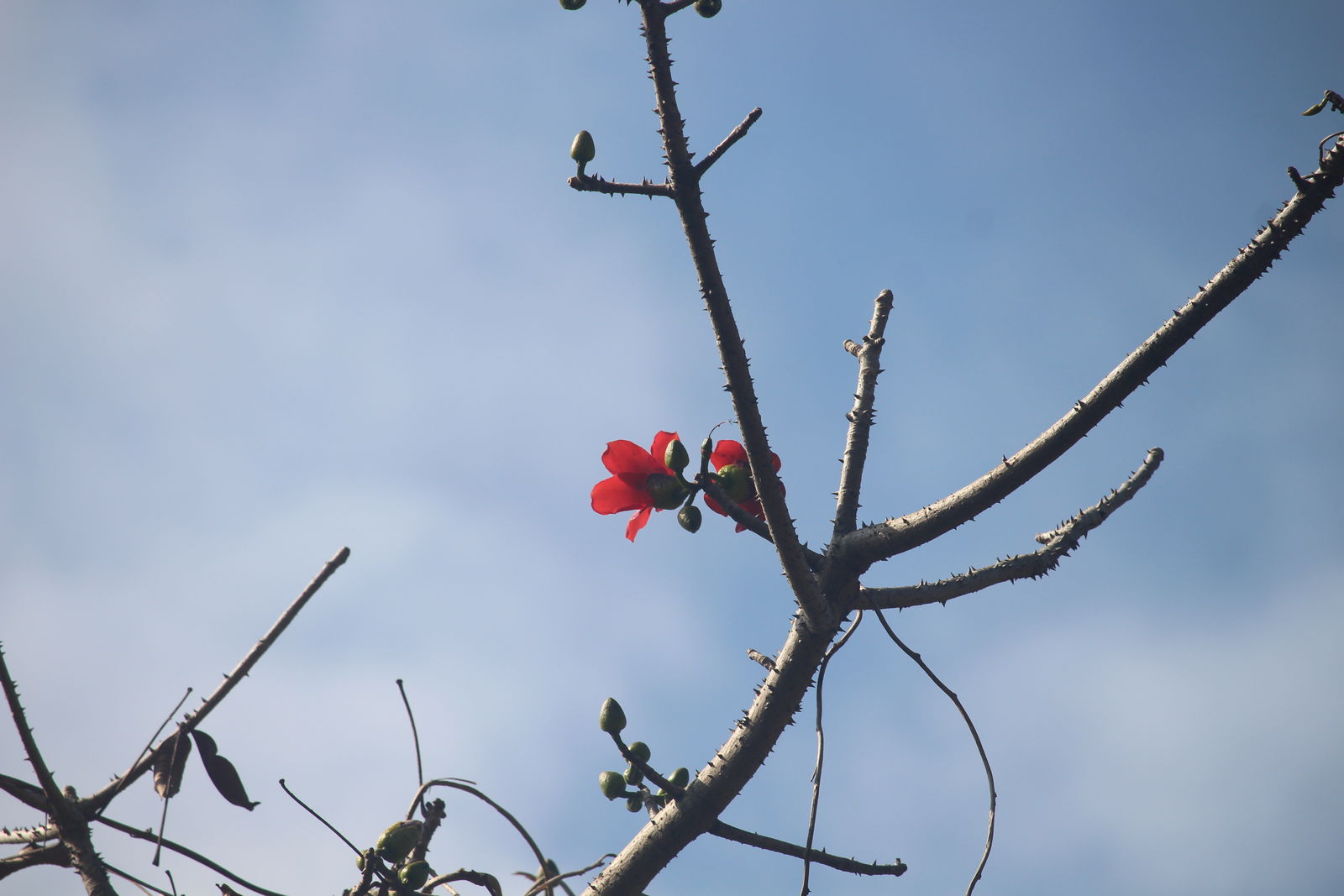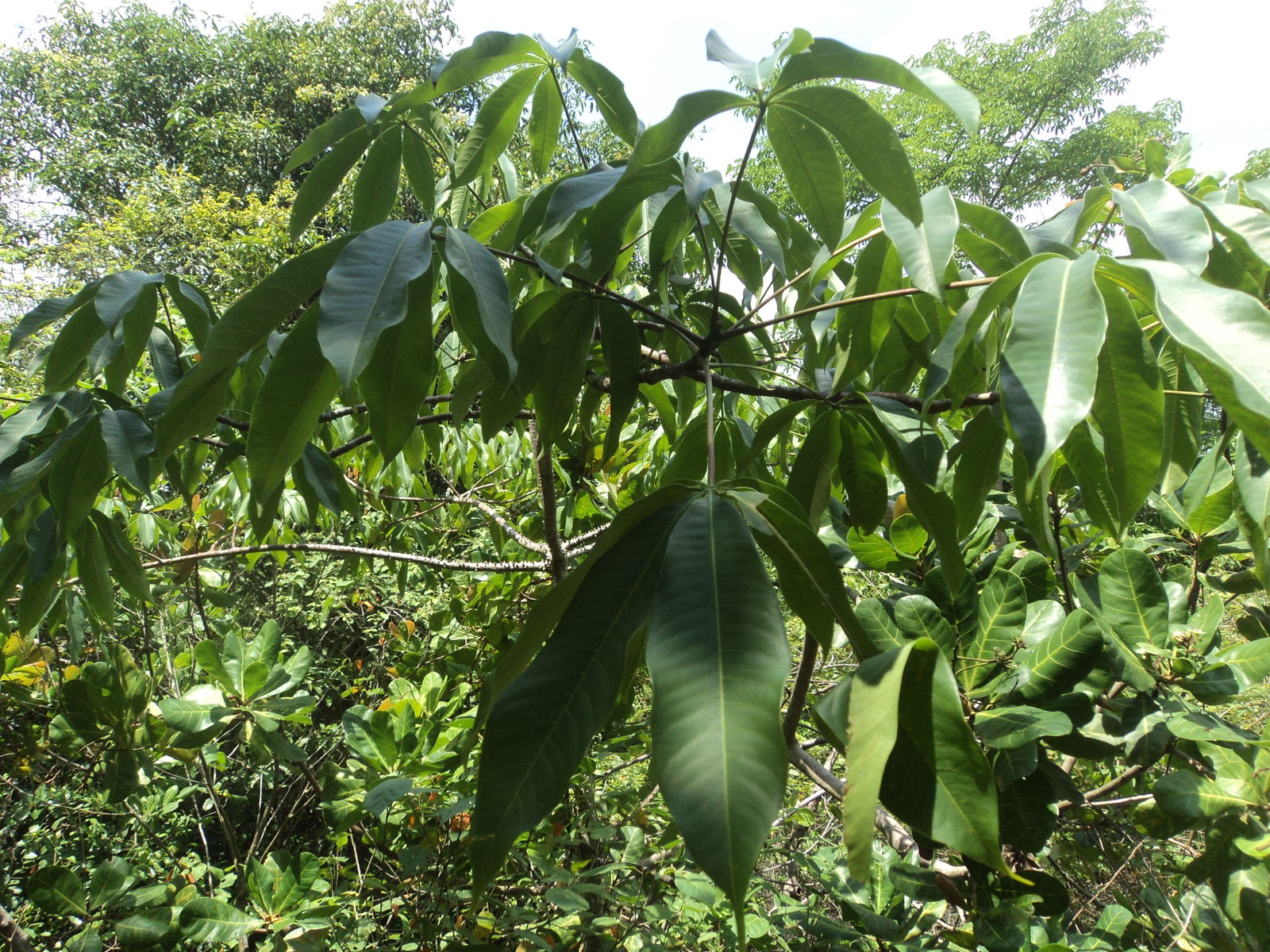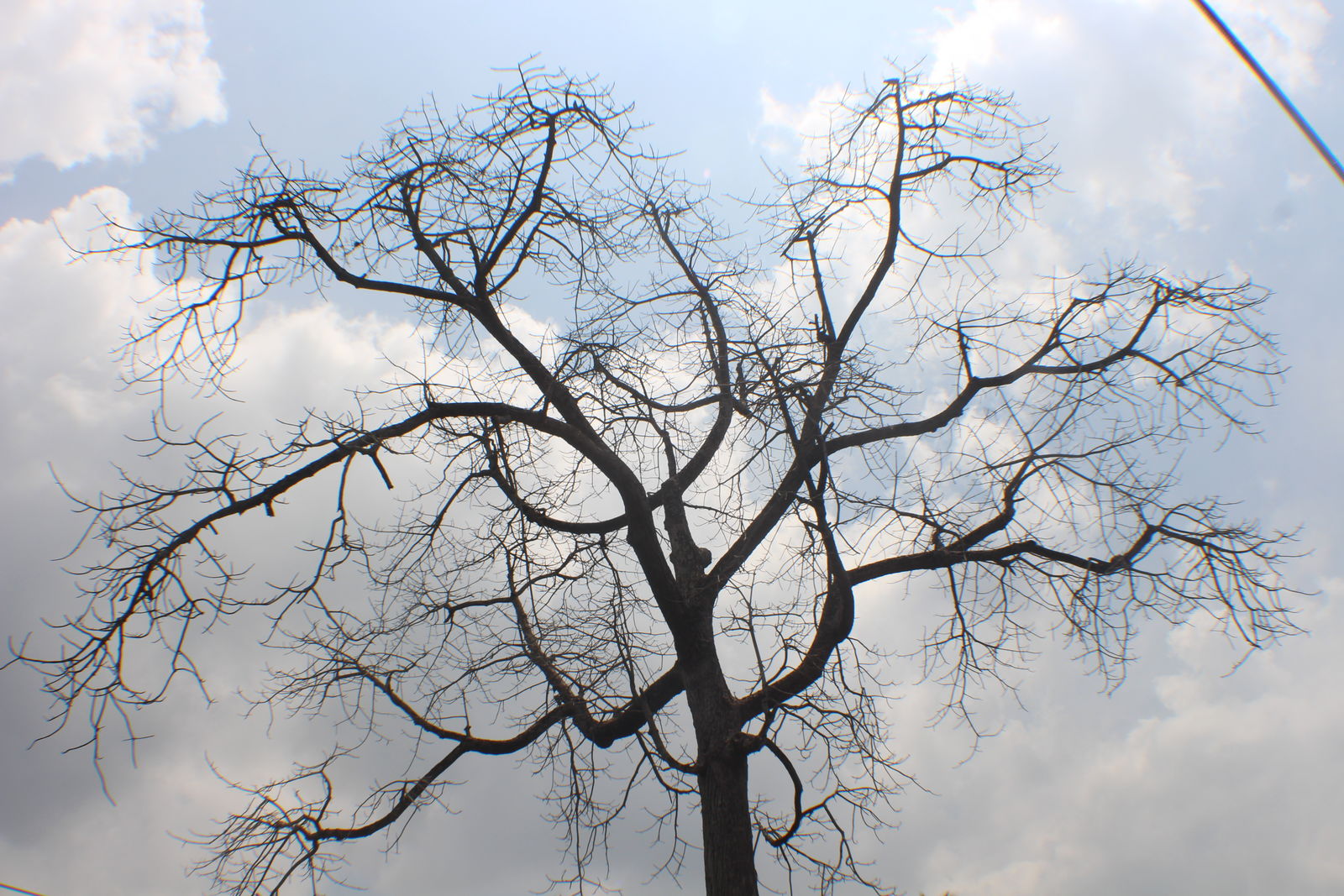Family: Malvaceae
Author: L.
Bibliography: Sp. Pl.: 511 (1753)
Year: 1753
Status: accepted
Rank: species
Genus: Bombax
Vegetable: False
Observations: Trop. & Subtrop. Asia to N. Australia
Description
The Northern-cottonwood, scientifically known as Bombax ceiba, is a remarkable and versatile tree that belongs to the Malvaceae family. First described in 1753, this species can be found across tropical and subtropical regions, stretching from Asia to Northern Australia. Its impressive adaptability allows it to thrive in a variety of climates and terrains.
Bombax ceiba is renowned for its towering stature, with mature trees often exceeding heights of 20 meters, and occasionally reaching up to 40 meters. The tree boasts a distinctive appearance characterized by a straight trunk, typically adorned with conical thorns in its younger stages, which serve as a protective mechanism against herbivores. As the tree ages, the thorns tend to diminish, leaving behind a smoother bark.
One of the most striking features of the Northern-cottonwood is its vibrant display of large, red flowers that bloom during the spring. These flowers are not only visually stunning but also play a crucial role in the eco-system by providing nectar for a variety of pollinators, including birds and insects. The blossoms eventually give way to distinctive, woody fruit capsules that burst open to release silky, cotton-like fibers, hence the name “cottonwood.”
The leaves of Bombax ceiba are palmate and broad, typically consisting of five to seven leaflets that provide ample shade. Given their dense foliage, these trees are often sought after for their ability to create cool, shaded environments, making them a popular choice for planting in parks and along streets in urban areas.
Beyond its aesthetic appeal, Bombax ceiba holds significant cultural and practical value. Various parts of the tree have been traditionally used in folk medicine across its native range. For example, the roots, bark, and leaves are believed to have medicinal properties that can treat an array of ailments from fevers to digestive issues. Additionally, the cotton-like fibers from the seed pods are often harvested and used as stuffing for pillows and mattresses.
The timber of the Northern-cottonwood, known for its lightness and softness, is another valuable resource. It is frequently employed in the making of low-cost furniture, matchboxes, and plywood. Despite its relatively low durability compared to other hardwoods, the wood’s workability and availability make it a practical choice for various carpentry needs.
In summary, Bombax ceiba, or the Northern-cottonwood, stands out not only for its commanding presence and beautiful flowers but also for its ecological and economic contributions. This tree is a true testament to the beauty and utility of nature, offering numerous benefits to both the environment and the communities that cultivate and cherish it.
Common Names
Eng: indian kapok, kapoktree, northern-cottonwood, red cottontree, red silk cottontree, red silk-cotton, silk cottontree, simal
Fra: bombax, fromager
Spa: bombax
Deu: indischer seidenwollbaum, roter seidenwollbaum
Swe: indiskt dunträd
Khm: រកា
En: Northern-cottonwood, Red silk cottontree, Red silk-cotton, Kapoktree, Red cottontree, Silk cottontree, Indian kapok, Simal, Silk cotton tree, Red silk-cotton tree, Kapok, Kutuh, Indian bombax, Kapok Tree, Malabar Semul, Red Cotton Tree, Red Silk Cotton Tree, Silk Cotton.
As: শিমলু
Bn: লাল শিমুল
Ca: Arbre del cotó
Zh: 木棉
Nl: Indische kapokboom
Eo: Hinda bombako
Fi: Valkokapokkio, Valkokapokkipuu
Fr: Bombax, Fromager
De: Indischer Seidenwollbaum, Roter Seidenwollbaum, Asiatischer Kapokbaum, Roter Baumwollbaum
He: בומבק צייבה
Id: Randu alas
Jv: Randhu alas
Km: រកា
Ko: 봄백스 세이바
Ml: ഇലവ്
Pa: ਸਿੰਬਲ
Fa: درخت پنجه
Pl: Wełniak azjatycki
Pt: Paineira-vermelha-da-índia
Es: Bombax
Sv: Indiskt dunträd
Zh-tw: 木棉
Ta: கோங்கு
Te: బూరుగ
Th: งิ้ว
Vi: Gạo (cây)
Za: Gomoegmienz
Synonyms
- Bombax heptaphyllum (Cav.)
- Bombax ceiba var. leiocarpum (A.Robyns)
- Pachira quinata (W.S.Alverson)
- Gossampinus thorelii ((Gagnep.) Bakh.)
- Pochota quinata (W.D.Stevens)
- Gossampinus malabarica ((DC.) Merr.)
- Bombacopsis quinata (Dugand)
- Gossampinus rubra (Buch.-Ham.)
- Salmalia malabarica ((DC.) Schott & Endl.)
- Bombax thorelii (Gagnep.)
- Melaleuca grandiflora (Blanco)
- Bombax quinatum (Jacq.)
- Bombax tussacii (Urb.)
- Bombax malabaricum (DC.)
Distribution
- Assam (native)
- Bangladesh (native)
- Bismarck Archipelago (native)
- Borneo (native)
- Cambodia (native)
- China South-Central (native)
- China Southeast (native)
- East Himalaya (native)
- Hainan (native)
- India (native)
- Jawa (native)
- Laos (native)
- Lesser Sunda Is. (native)
- Malaya (native)
- Maluku (native)
- Myanmar (native)
- Nepal (native)
- New Guinea (native)
- Northern Territory (native)
- Pakistan (native)
- Philippines (native)
- Solomon Is. (native)
- Sri Lanka (native)
- Sulawesi (native)
- Sumatera (native)
- Taiwan (native)
- Thailand (native)
- Vietnam (native)
- Andaman Is. (introduced)
- Brazil North (introduced)
- Cuba (introduced)
- Dominican Republic (introduced)
- Guyana (introduced)
- Haiti (introduced)
- Laccadive Is. (introduced)
- Leeward Is. (introduced)
- Nicaragua (introduced)
- Nicobar Is. (introduced)
- Trinidad-Tobago (introduced)
Additional Images
Leaf
Taken Jun 14, 2021 by Makoto Makoto (cc-by-sa)
Taken May 11, 2022 by Pranav Jain (cc-by-sa)
Taken Jun 19, 2019 by Jia Hui Tiong (cc-by-sa)
Taken Jun 19, 2019 by Jia Hui Tiong (cc-by-sa)
Taken Jun 19, 2019 by Jia Hui Tiong (cc-by-sa)
Flower
Taken Aug 10, 2015 by Tela Botanica − Hugo SANTACREU (cc-by-sa)
Taken Aug 10, 2015 by Tela Botanica − Hugo SANTACREU (cc-by-sa)
Taken Mar 18, 2019 by Pierre Bonnet (cc-by-sa)
Taken Aug 10, 2015 by Tela Botanica − Hugo SANTACREU (cc-by-sa)
Taken Jun 19, 2019 by Jia Hui Tiong (cc-by-sa)
Habit
Taken Aug 10, 2015 by Tela Botanica − Hugo SANTACREU (cc-by-sa)
Taken Mar 1, 2016 by herve rey (cc-by-sa)
Taken Mar 1, 2016 by herve rey (cc-by-sa)
Taken Nov 2, 2017 by Hugo SANTACREU (cc-by-sa)
Taken Jan 22, 2006 by Tela Botanica − Liliane Roubaudi (cc-by-sa)
Bark
Taken Apr 10, 2019 by Márcio Quinalha Fabiana (cc-by-sa)
Taken Oct 9, 2021 by Begona Dorado del Águila (cc-by-sa)
Taken Nov 2, 2017 by Hugo SANTACREU (cc-by-sa)
Taken May 16, 2022 by Saksham Hajela (cc-by-sa)
Taken May 11, 2022 by Pranav Jain (cc-by-sa)
Other
Taken Oct 9, 2021 by Begona Dorado del Águila (cc-by-sa)
Fruit
Taken Nov 2, 2017 by Hugo SANTACREU (cc-by-sa)
Taken Jul 23, 2022 by Dácio Dácio (cc-by-sa)
Taken Nov 2, 2017 by Hugo SANTACREU (cc-by-sa)
Taken Nov 2, 2017 by Hugo SANTACREU (cc-by-sa)
Taken Nov 2, 2017 by Hugo SANTACREU (cc-by-sa)

© copyright of the Board of Trustees of the Royal Botanic Gardens, Kew.

© copyright of the Board of Trustees of the Royal Botanic Gardens, Kew.

© copyright of the Board of Trustees of the Royal Botanic Gardens, Kew.
Sources
- WFO (No URL)
- IPNI (No URL)
- GBIF (https://www.gbif.org/species/3152226)
- POWO (http://powo.science.kew.org/taxon/urn:lsid:ipni.org:names:559120-1)
- PlantNet (https://identify.plantnet.org/species/the-plant-list/Bombax ceiba L.)


























